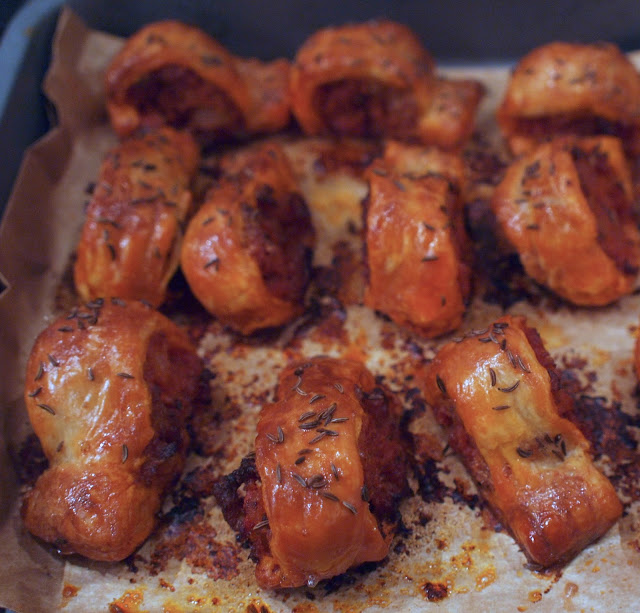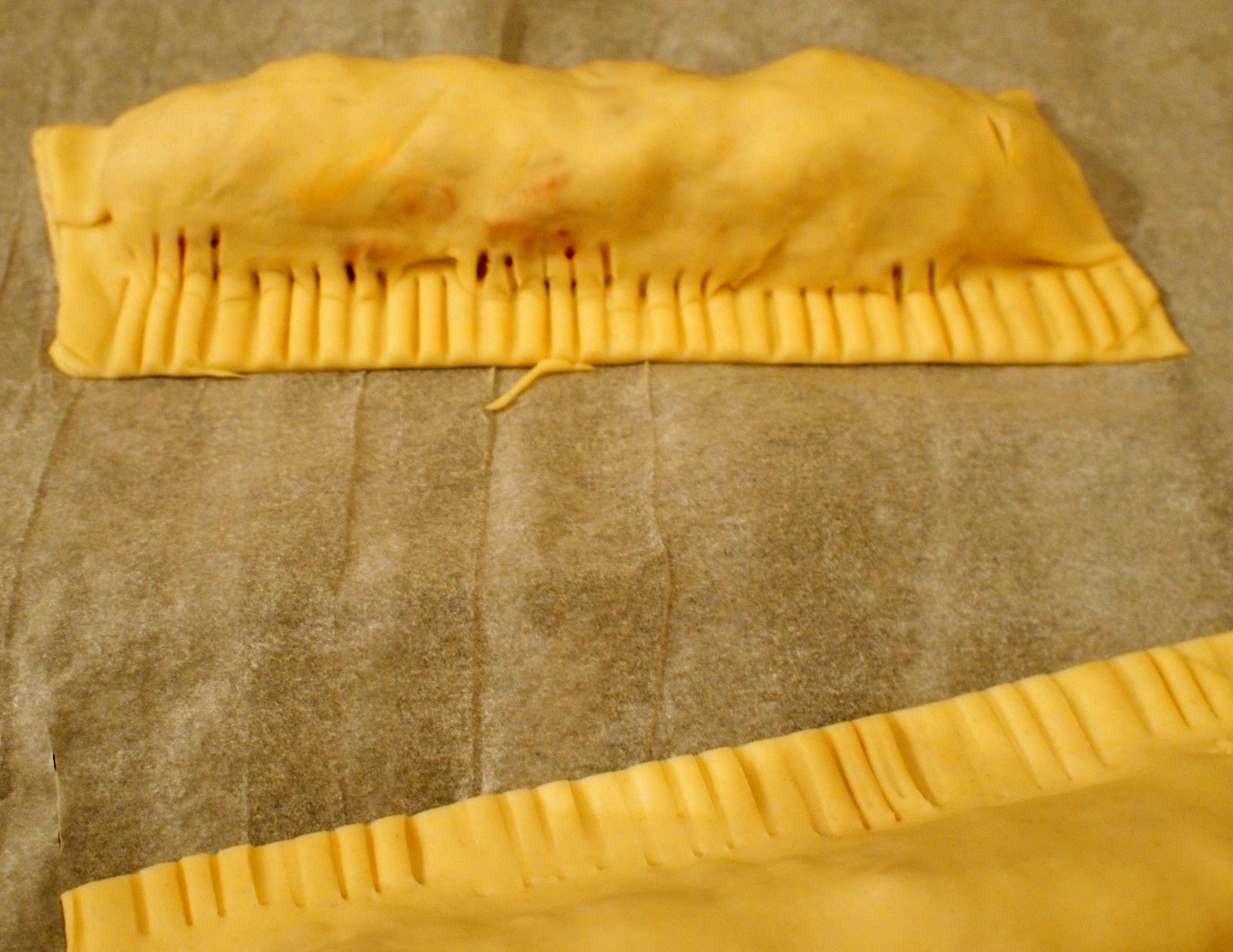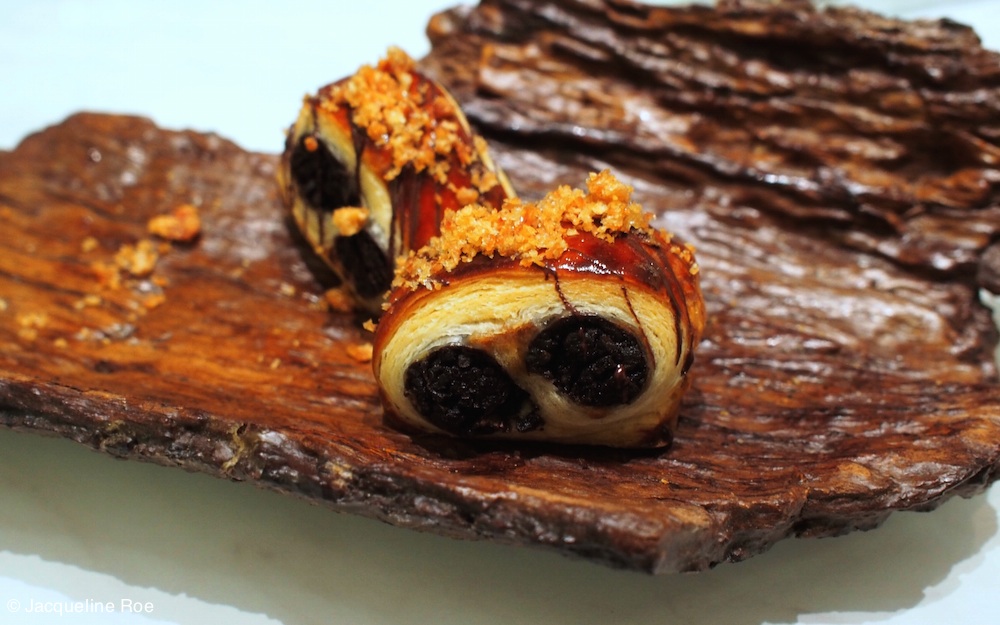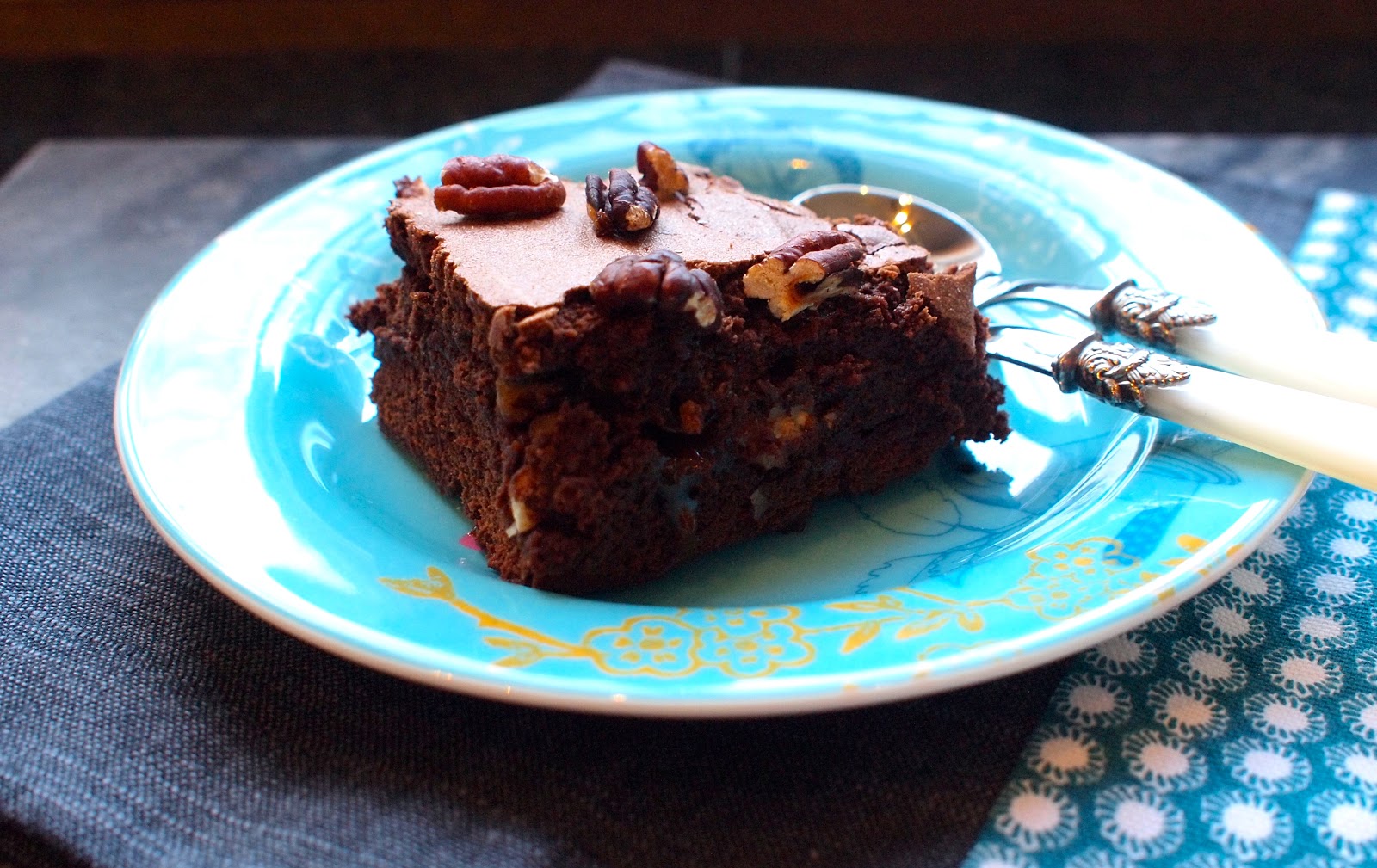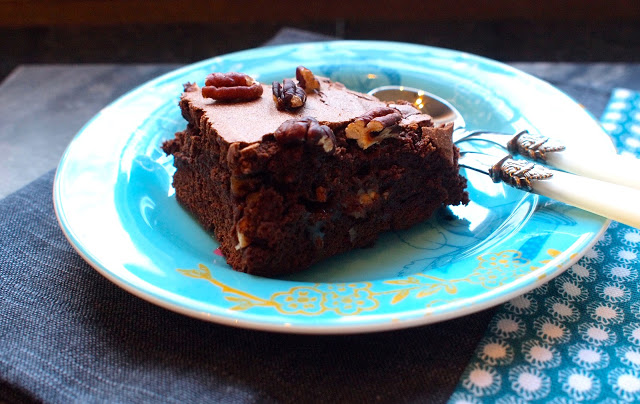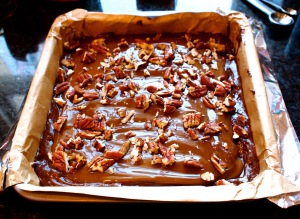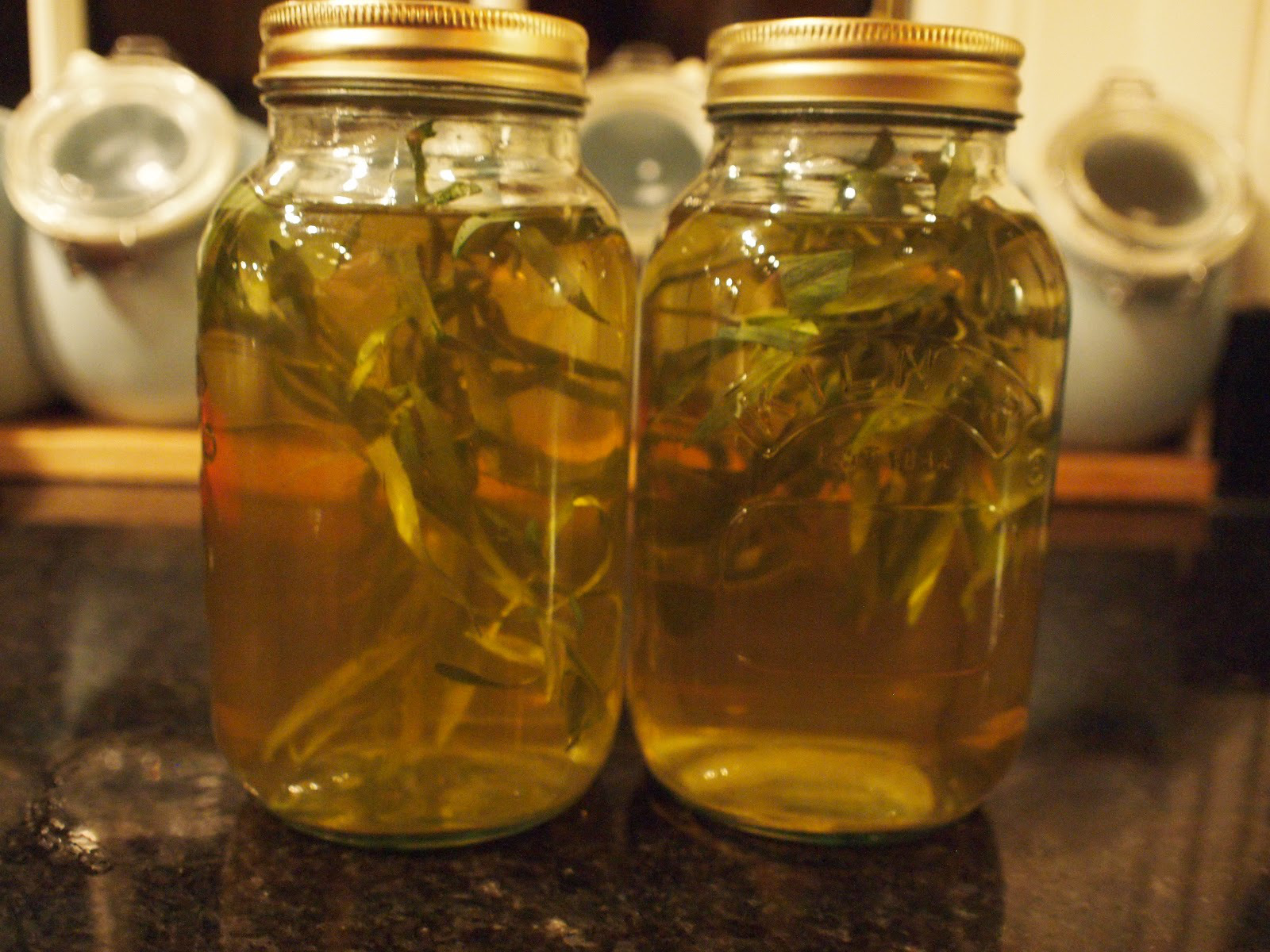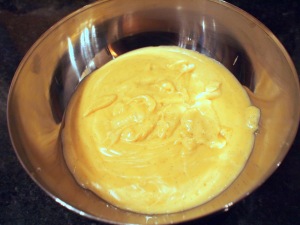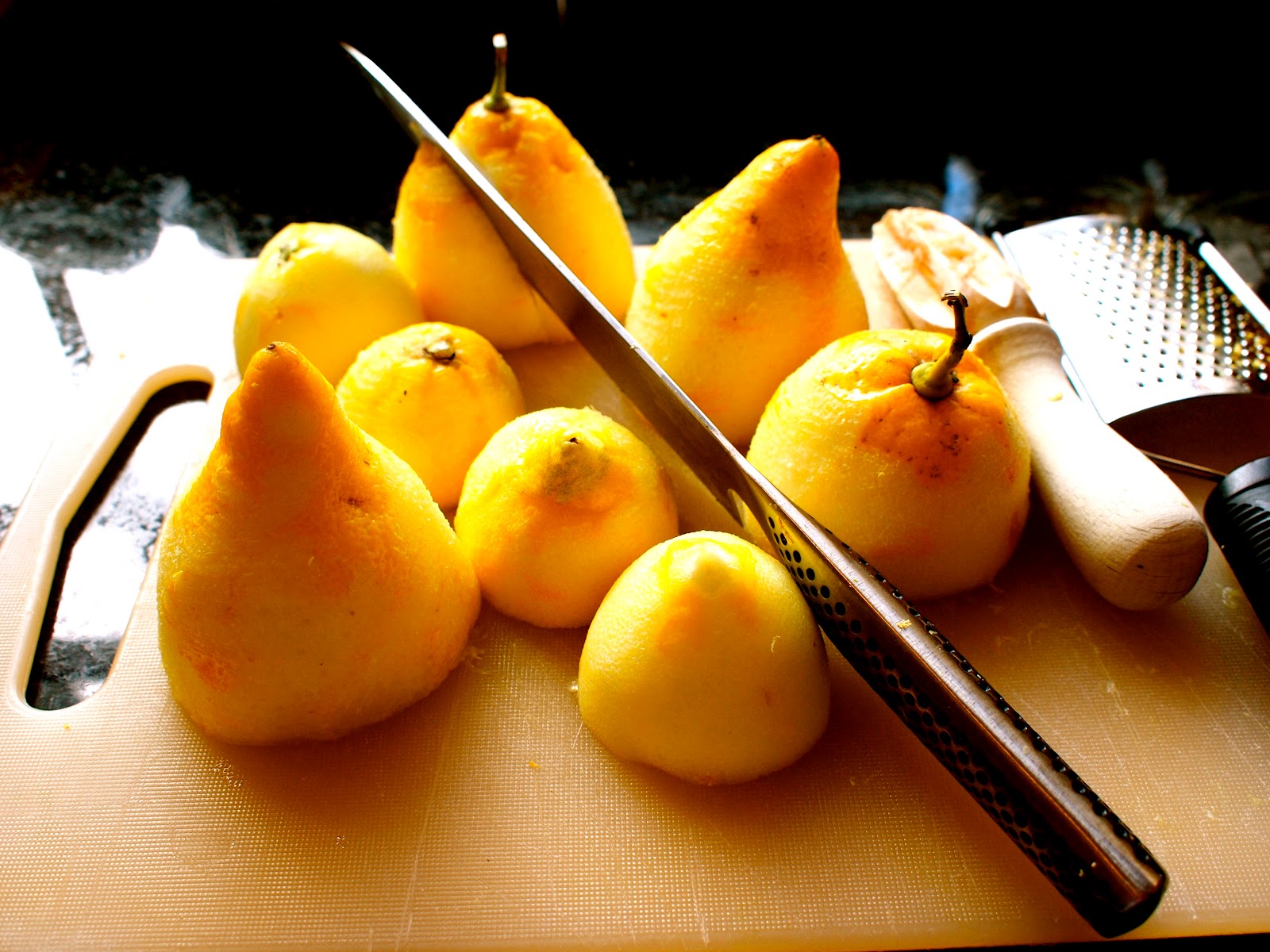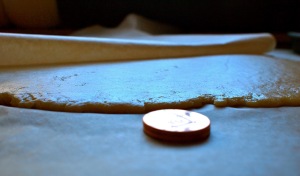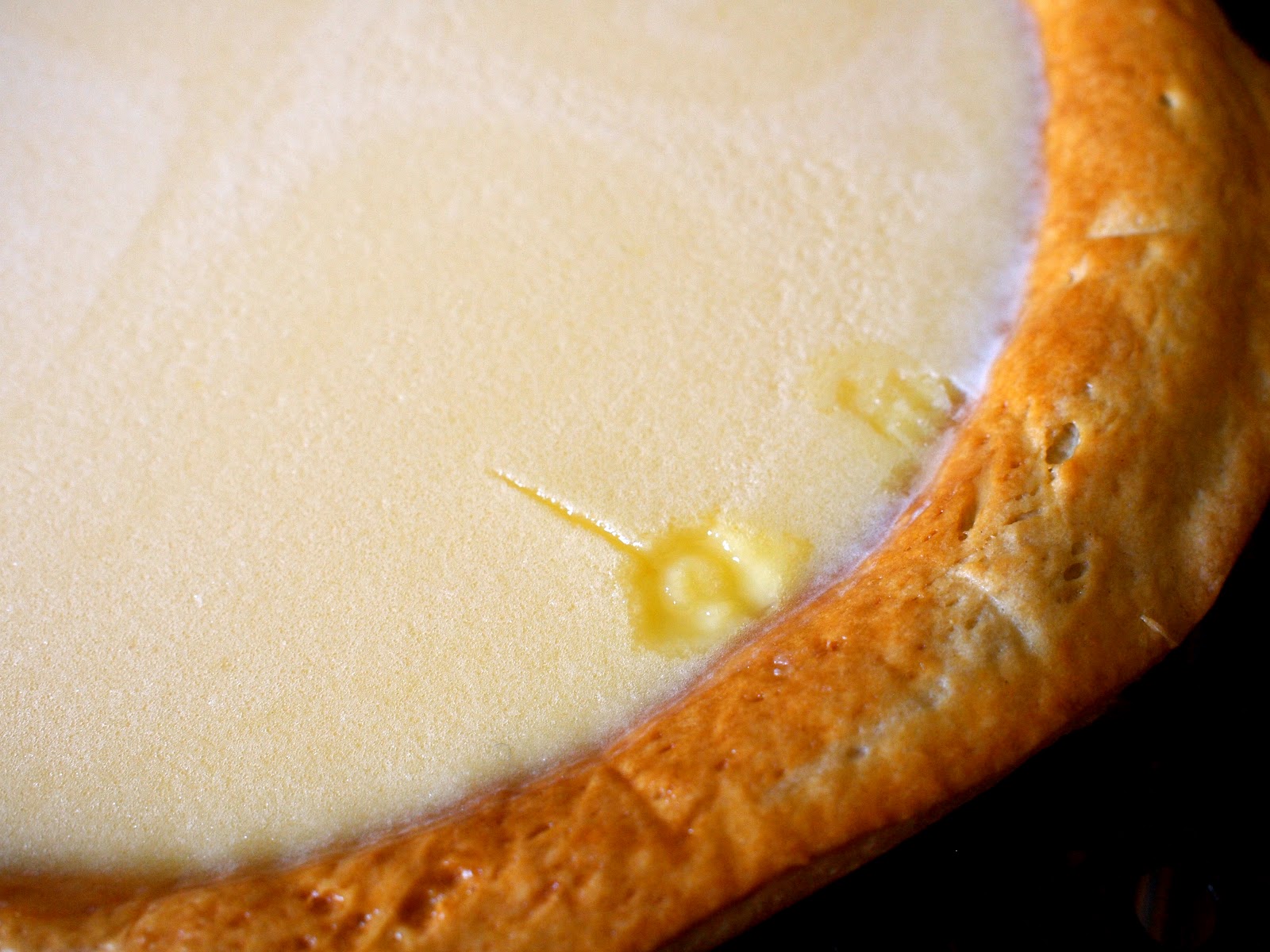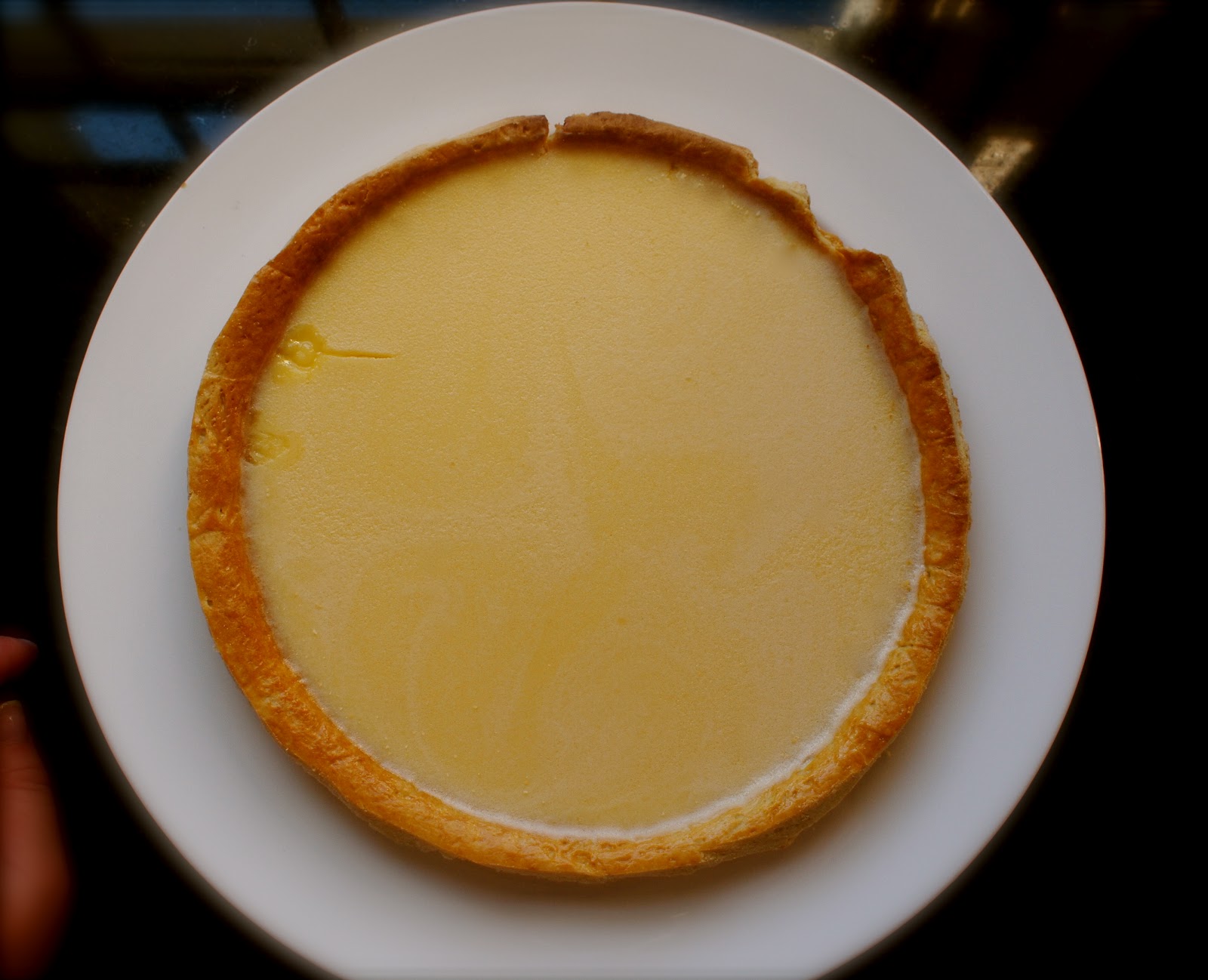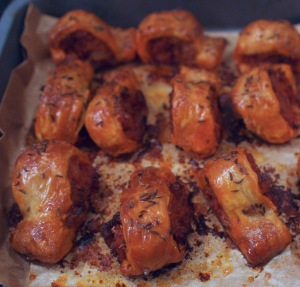 You may have realised, by now, that I’m catching up on all the recipes I intended to cook in December! A combination of gas leaks, children’s flu etc, has somewhat disrupted my schedule. One thing I really wanted to cook for my annual quiz night were Andy Bates’ chorizo and fennel seed sausage rolls…
You may have realised, by now, that I’m catching up on all the recipes I intended to cook in December! A combination of gas leaks, children’s flu etc, has somewhat disrupted my schedule. One thing I really wanted to cook for my annual quiz night were Andy Bates’ chorizo and fennel seed sausage rolls…
Andy is an amazing advocate of street food, and travels the world exploring the tastiest. Whilst he is an extremely competent chef, often it’s just about great flavour combinations that are accessible to the home cook. I came across this recipe on one of the Food Networks Christmas roundups. They struck me as ideal party food, and much nicer than the usual sausage rolls. The chorizo mini-sausages have been sitting in my fridge for a few weeks now, so it seemed like an appropriate time to get on with them. Frankly they couldn’t be simpler, but this isn’t about complicated food, but simple, quick, scrumminess!
Ingredients:
200g mini cooking Chorizo
1 sheet pre-rolled puff pastry, cut in half lengthways
Egg yolk
1 tbsp fennel seeds (I used caraway)
Method:
- Preheat the oven to 180°C. Peel the mini chorizos and roll them in your hands to make a sausage shape.
- Lay the mini chorizo lengthways along each piece of pastry. Roll and fold the pastry over the chorizo brushing the inside with egg yolk to help seal.
- Using a fork seal the edges and trim any excess pastry, Cut the sausage rolls into individual rolls and place on a baking tray, lined with greaseproof paper. At this point you can transfer to a freezer-safe container, lined with greaseproof paper to cook from frozen later. Please note, cooking times will increase when cooking from frozen and you may need to lower your oven temperature slightly.
- Brush with egg yolk and sprinkle with fennel seeds.
- Bake for 15-20 minutes or until the pastry is puffed and golden brown.
Notes:
- I really would chop your chorizo before you shape it. Firstly this will give you a better and more even sausage shape. Chopping the meat finely would also allow you to get a cleaner cut – I had to saw mine a little…
- And this is one of those pastry recipes where it is important to cut the pastry cleanly, as this gives you more rise and layers in your pastry. But don’t swamp the pastry in egg wash, as this will inhibit those layers, so stay away from the edges, and cut cleanly.
- If you’re looking at this, I’d highly recommend you check out the pic of Paul Ainsworth’s black pudding variant, which we had at his dinner with Alyn Williams. I think it looks ridiculously good, though by the time I got to it, I’d given up meat… Hubby said it was amazing though!
You can find more of Andy’s recipes in his new book >
